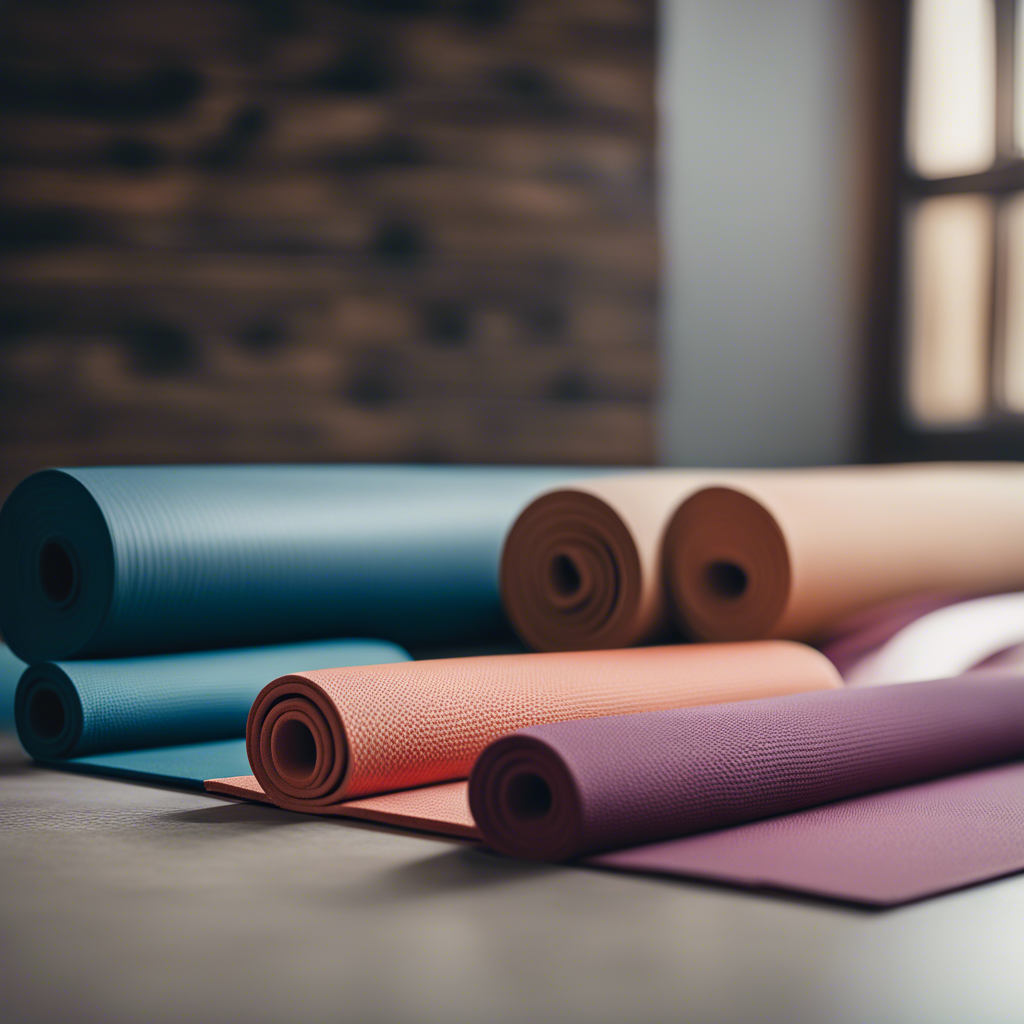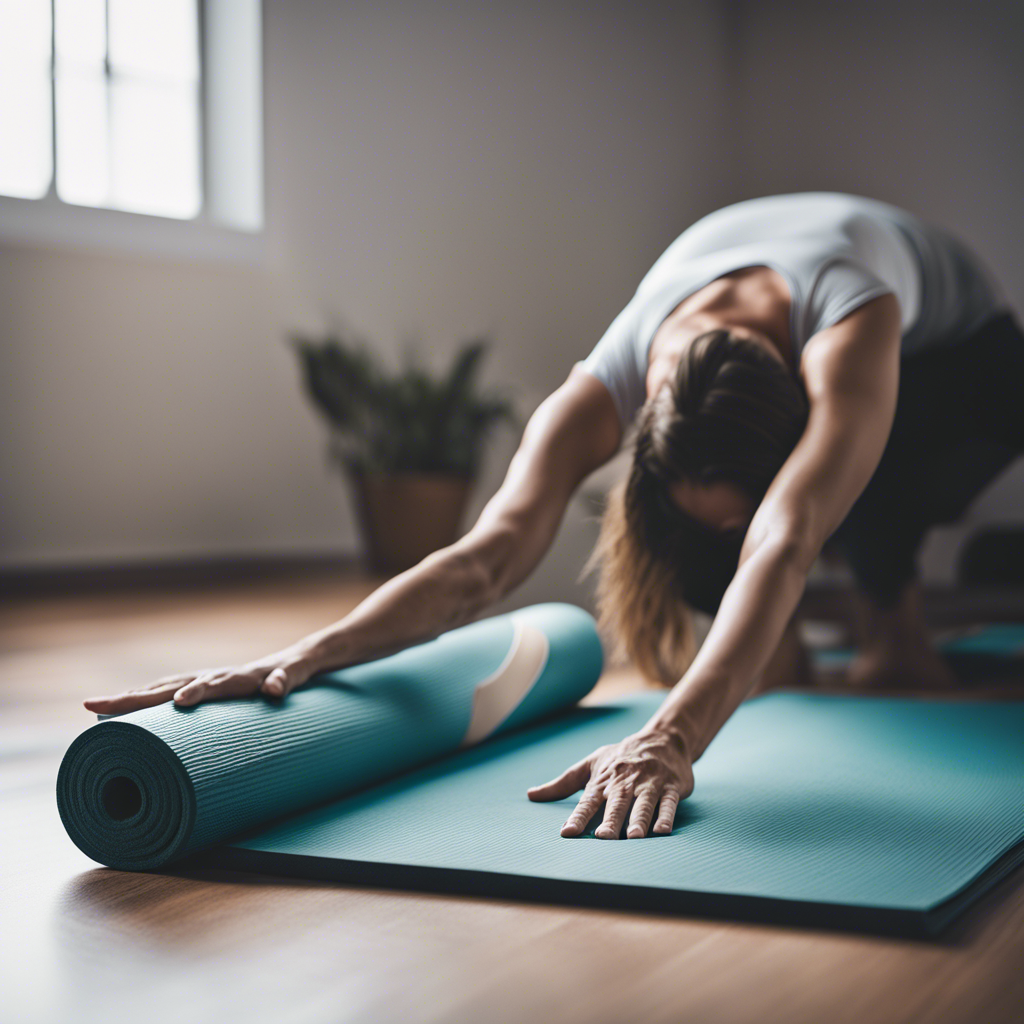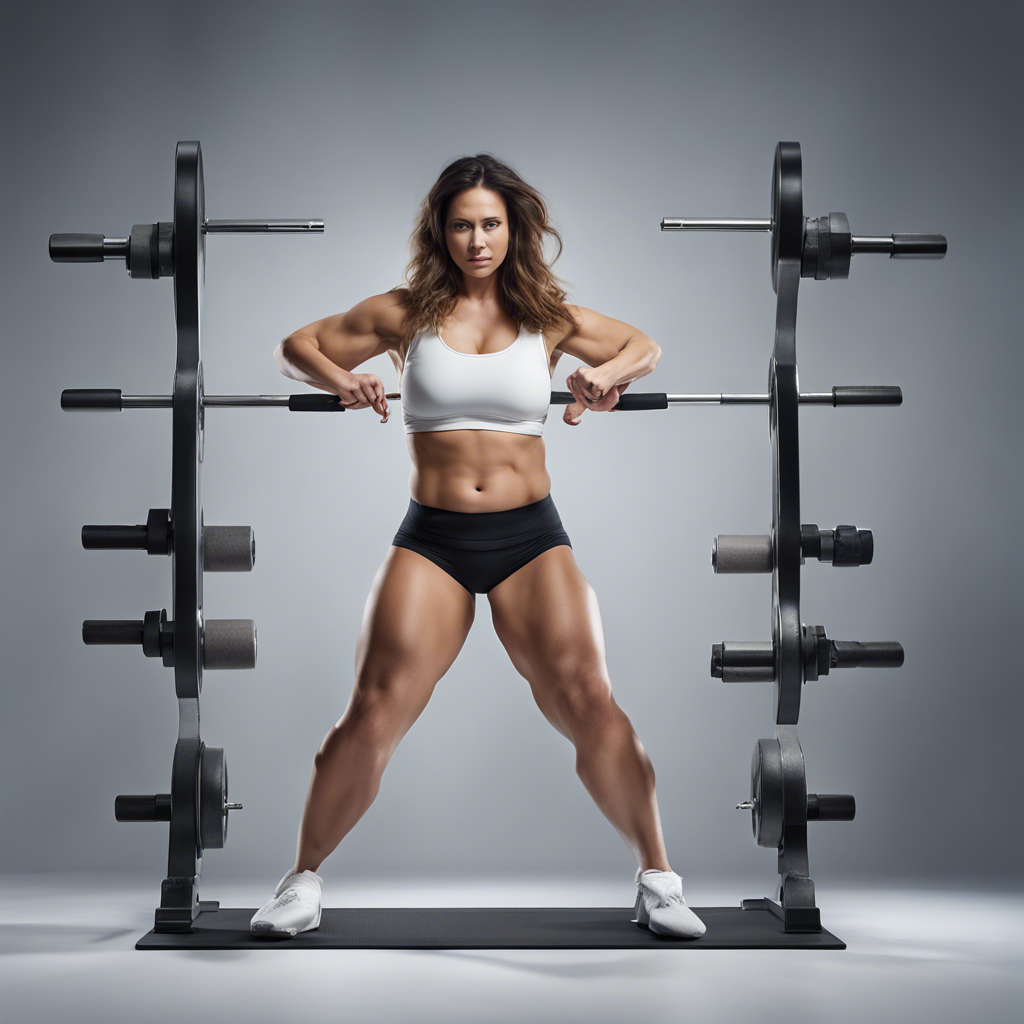Cheap vs. Expensive: Do $100 Yoga Mats Really Make a Difference?
Yoga enthusiasts often find themselves overwhelmed by the plethora of choices available when it comes to selecting a yoga mat. Prices can range dramatically, with budget yoga mats starting at about $20, and premium yoga mats stretching up to $100 or more. A common question arises: do costly yoga mats really offer benefits that justify their price tag? This article dives into the differences between affordable and expensive yoga mats, examining their materials, durability, and performance, and ultimately helps you decide which mat might be the best investment for your practice.

Yoga has surged in popularity due to its numerous mental and physical benefits. As a result, the market for yoga accessories has expanded significantly. Among these, the yoga mat is possibly the most critical, acting as a foundation for practice. However, potential buyers are often stumped by the price spectrum of yoga mats. Understanding what differentiates a budget choice from its premium counterpart is crucial in making an informed purchase decision. When considering which safe fitness products to buy on Amazon, it’s essential to weigh factors such as longevity, comfort, and environmental impact.
Material and Construction: The Foundation of Quality
Materials Used in Budget Yoga Mats
Budget yoga mats, often priced under $30, are typically manufactured from PVC or basic foam. These materials are inexpensive, allowing these mats to be sold at lower prices. However, the downside is that they may not be as eco-friendly or as comfortable as pricier options. PVC mats, for instance, can emit odors and may wear out more quickly, which impacts their performance and longevity. Despite these downsides, for casual practitioners or beginners, a budget yoga mat can still offer a sufficient foundation.
What Sets Premium Yoga Mats Apart?
Premium yoga mats, which fall in the $70-$100 price range and beyond, are often constructed from high-quality, eco-friendly materials such as natural rubber, jute, or TPE (thermoplastic elastomer). These materials contribute to enhanced grip, comfort, and durability, making them safe fitness products to buy on Amazon for dedicated yogis. The added thickness and cushioning of these mats can also protect joints and provide better insulation against hard surfaces, directly impacting the overall yoga experience.
Construction Techniques and Surface Texture
Construction plays a pivotal role in the yoga mat’s performance. Budget yoga mats often have a simple construction with uniform surfaces, while expensive yoga mats might feature intricate layering techniques that combine multiple materials for enhanced performance. Textured surfaces in premium mats provide superior slip resistance, which proves beneficial during strenuous or sweat-inducing practices. This aspect of yoga mats comparison is crucial for guaranteeing stability in diverse postures, translating to a safer yoga session.
Performance and Durability: The Price of Endurance
Durability of Budget Yoga Mats
One of the notable differences between cheap vs expensive yoga mats is durability. Budget yoga mats often exhibit wear and tear sooner due to the quality of materials used. Regular practitioners may notice fraying edges or inconsistent texture with continuous use, which could lead to a compromised practice. Yet, for those exploring yoga or attending infrequent sessions, a budget mat may suffice, offering a taste of what’s to come without a hefty initial investment.
Longevity of Expensive Yoga Mats
On the flip side, the durability of expensive yoga mats makes them a noteworthy investment. Crafted from robust materials, these mats can withstand frequent usage over the long term. As a result, despite the initial higher cost, the longevity and sustained performance of premium yoga mats can provide better value in the long run for regular users. These mats resist compression and maintain structural integrity, offering consistent performance throughout their lifecycle.
Environmental Impact and Eco-Friendliness
Assessing the environmental footprint is becoming increasingly important for consumers deciding on safe fitness products to buy on Amazon. Cheaper mats, constructed from synthetic materials, are less environmentally friendly and may not have recyclable options. Conversely, many expensive yoga mats are designed with sustainability in mind, using biodegradable materials and green manufacturing processes. This eco-conscious choice aligns with the values of many yoga practitioners who prioritize harmony with nature.
The Comfort and Additional Features: More Than Meets the Eye
Cushioning and Support Levels
The difference in comfort between budget and premium yoga mats generally lies in the cushioning they provide. Budget mats, with minimal thickness, might not offer adequate support during specific postures, leading to discomfort, particularly for users with joint issues. Premium mats, however, are designed with additional layers, offering superior cushioning and support. This attribute enhances comfort, making longer practices enjoyable and sustaining the user’s commitment.
Additional Features and Design
Modern premium yoga mats often incorporate innovative features that budget options lack, such as alignment guides, sweat resistance, and antimicrobial properties. These design enhancements aid in maintaining hygiene and facilitate certain poses, making them ideal for intensive practices and those focused on improving posture alignment. Meanwhile, budget yoga mats generally offer basic features without the frills, appealing to those who prefer simplicity over complexity.
Practical Applications and Real-World Examples
When it comes to practical applications, expensive yoga mats often outperform budget options. For instance, a heated vinyasa practice may become cumbersome on a thinner mat with poor sweat absorption. Yoga mat performance during such sessions showcases the necessity of investing in a thick, absorbent premium mat that can offer stability and safety while preventing slips. This makes them highly recommended as safe fitness products to buy on Amazon for serious practitioners.

FAQ
Are expensive yoga mats worth the cost for beginners?
For beginners, investing in an expensive yoga mat may not be necessary. A budget yoga mat can adequately support initial exploration into yoga without a substantial financial commitment. As novices develop their practice and identify personal preferences, they can make a more informed decision on whether a premium yoga mat is necessary to enhance their experience.
What are the benefits of expensive yoga mats for experienced practitioners?
Experienced practitioners may find the benefits of expensive yoga mats compelling, especially in areas like durability, grip, and additional features such as alignment guides. These mats are designed to withstand frequent use and provide a supportive surface that enhances the quality of each session, allowing the practitioner to safely focus on complex poses and longer practices.
How do materials affect yoga mat performance?
Materials significantly impact the yoga mat’s performance in terms of grip, comfort, and durability. Premium mats often incorporate natural rubber or TPE, providing better traction and a softer surface. These materials also offer greater resilience, ensuring the mat retains its shape and texture over time. In contrast, PVC mats may be cost-effective but can lose their grip and form faster.
Can budget yoga mats affect yoga practice negatively?
While budget yoga mats can serve beginners fairly well, they might affect practice negatively over time due to faster wear and tear. Limited cushioning can also lead to discomfort during longer sessions, and lack of robust traction can increase the risk of slips during vigorous poses. Investing in a higher-quality mat as experience grows can mitigate these risks.
What are the eco-friendly options in premium yoga mats?
Many premium yoga mats prioritize sustainability by utilizing materials such as natural rubber, jute, or TPE and adopting eco-friendly manufacturing processes. These mats are often biodegradable and designed to minimize environmental impact, appealing to practitioners committed to reducing their carbon footprint while maintaining quality performance.
Conclusion: Weighing Costs Against Benefits
In the debate between cheap vs expensive yoga mats, one should consider personal needs, commitment level, and values before making a purchase. Budget yoga mats offer adequate functionality for those beginning their yoga journey or with limited practice frequency. They provide a cost-effective way to explore various yoga styles and preferences without a substantial initial investment.
On the other hand, for dedicated practitioners, the benefits of expensive yoga mats may significantly enhance the quality and safety of practice. Premium mats deliver durability, superior grip, eco-consciousness, and comfort, translating into a more fulfilling yoga experience. This long-term investment can also be viewed as a commitment to one’s health and well-being, along with a conscious choice to support sustainable products.
Ultimately, deciding between affordable yoga mats and their more expensive counterparts depends on what you seek in your yoga practice. By considering the factors outlined in this article, you can make an informed decision on which yoga mat aligns with your practice goals and ethical values.
For those interested in learning more about yoga and fitness culture, consider exploring video topics such as:
- The environmental impact of yoga mat materials.
- How to choose the right yoga mat for your practice level.
- Innovative yoga mat technologies enhancing yoga practice.



